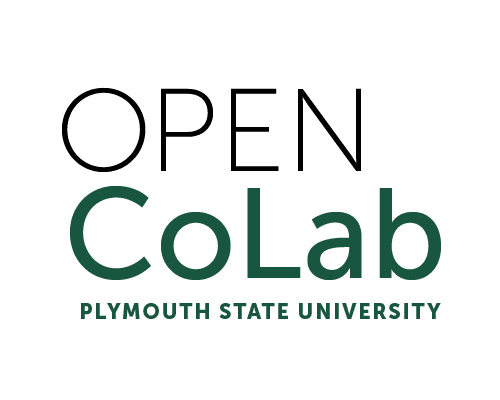This was a really helpful and grounding two weeks for me. I had never been part of a course/module with this sort of structure, and I liked testing it out, seeing where I got stuck and where it opened possibilities, and both observing and participating in a new form of building a virtual community (something I think about a lot in my particular line of work). I looked forward to the Daily Dispatches and figuring out where and how I wanted to participate each day. That was a big piece of learning for me. Just like all students, some days I felt like annotating and reading more passively, and others I was more interested in creating or writing or engaging with other participants. It was interesting to see how that changed and be given the freedom to act on it.
In terms of ideas, the piece about practical strategies for inclusive teaching was particularly helpful, as was “Cruel-Free Syllabus.” Especially in my work with K-12 students and Canvas I hear a lot about data and accountability and creating ways so that students can’t “outwit the system.” It all makes my stomach hurt, and returning to the idea of trust students, don’t be scary, don’t be cruel is my biggest take-away in a nutshell, combined with some practical exercises in how to do this in the classroom.
I also really liked flipping the audience for the teaching statement. One of my biggest challenges with institutions– whether work, school, etc.– is the why should I care factor. I genuinely believe that most people harbor good intentions very nearly all of the time, but so often good intentions create harm or aren’t communicated well. The idea of explicitly stating where your ideas come from– and opening the ground for your beliefs to be challenged– could be the start of an inclusive space where people feel more comfortable talking about tough things. And I always like spinning ideas for different audiences to see if they hold up.
As a Plymouth outsider, I didn’t feel particularly comfortable interacting with other course participants without knowing where they came from and being able to see their body language in response. The most festering I did was over comments to other people, and I found it was easier and more satisfying to engage with the content in different ways. Part of this is personality, part content, and part outsider-ness, and as soon as I accepted this I could move on and interact in a way that was more comfortable. Ironically, I often feel most buttoned up and unable to express myself with people who pay the same attention to language and equity and social justice that I do– the people trying to make inclusive spaces. It’s important to have these discussions and use the same terminology to do it, but the language and strategies feel like they’re always changing, which can be tiring and stifle conversation. Not that they shouldn’t change as we all learn, but it can be a barrier.
All in all, a great two weeks! I genuinely looked forward to checking out Design Forward each day and learning from the articles, exercises, module structure, and other participants. And I will definitely be thinking about how to steal (er… incorporate) the ideas into my work. ???


